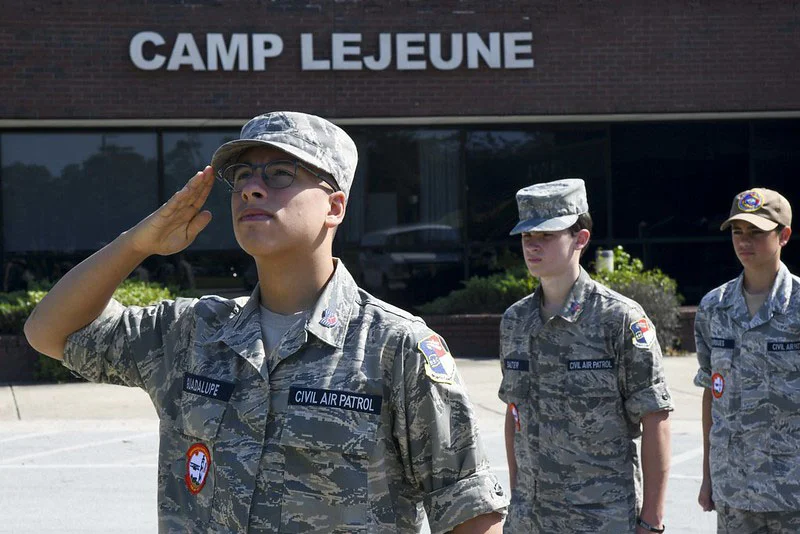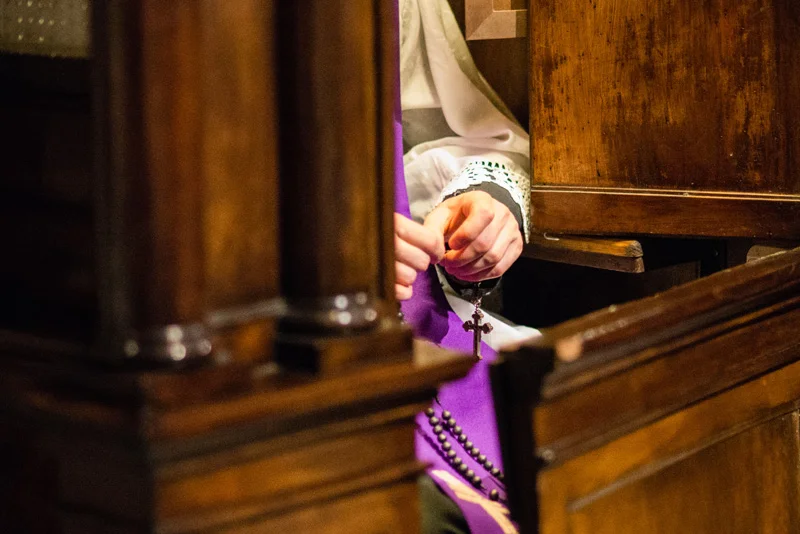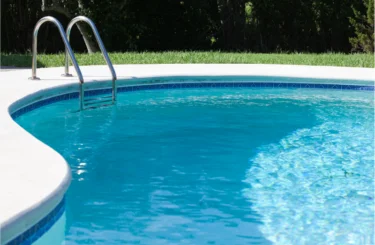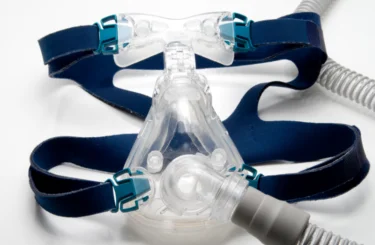
Falls Can Kill: Minimize the Risk to You and Your Loved Ones
Exaggerated and comedic falls in the movies and on TV have been the source of countless laughs for generations of audiences. But in real life, falls are no laughing matter. In fact, they are deadly serious. Falls take the lives of thousands of Americans every year and are the leading cause of fatal and non-fatal injuries in seniors. If falls were a disease, we might consider them an epidemic and devote millions of dollars in resources to finding a cure. Fortunately, minimizing the risk of falls, for seniors in particular, generally requires a significantly smaller and easier investment.
An Older American Dies From a Fall Every 19 Minutes
To truly understand the seriousness and scope of falls in the U.S., simply look at these startling statistics from the Centers for Disease Control and Prevention (CDC):
- One out of five falls causes a severe injury such as broken bones or a head injury.
- Each year, emergency rooms treat 3 million older people for fall injuries.
- Over 800,000 patients are hospitalized every year because of a fall injury, most often because of a head injury or hip fracture.
- Each year at least 300,000 older people are hospitalized for hip fractures.
- More than 95 percent of hip fractures are caused by falling, usually by falling sideways.
- Falls are the most common cause of traumatic brain injuries (TBI).
As Baby Boomers age and seniors live longer, the rates of fall-related deaths and injuries continue to grow. From 2007 to 2016, the fall death rate for older Americans increased by 30 percent according to the CDC. It predicts that if these rates continue apace, seven Americans will die every hour from a fall by 2030.
Seniors Are Most Vulnerable – and Most Likely to Suffer Catastrophic Injury
While falls can and do happen to people at every age, seniors are particularly vulnerable to falling and are more prone to serious complications when and if they do. Our bodies get weaker and more vulnerable as we age, contributing to and increasing the number of risk factors for falls, including:
- Lower body weakness;
- Vitamin D deficiency;
- Difficulty with walking and balance; and
- Use of medicines, such as tranquilizers, sedatives, or antidepressants.
Making matters worse, one fall can increase the chances of more falls. The fear of falling again can cause older adults to limit their physical activity, leading to further physical weakness and decline.
Preventing Deadly Falls
While the risk of a fall can’t be eliminated, some simple preventative steps can reduce the chances of serious injury or death. In the home, make sure that there is sufficient lighting and that stairs are sturdy and have handrails. Remove clutter from heavily traveled areas, avoid throw rugs and loose carpets, and immediately wipe up any skills.
Seniors should also consult with their doctors about the side effects of any medications they take and advise if they experience any weakness or balance issues. Additionally:
- Do strength and balance exercises. Tai chi is particularly helpful.
- Get your eyes checked at least once a year.
- Wear sensible, comfortable footwear appropriate for the weather.
While many falls happen in the home, they can occur anywhere – a restaurant, store, hospital, or office. If a property owner or manager knew or should have known about a hazard or dangerous condition and failed to fix it, they could be held liable for any injuries that result.
If you or a loved one was injured in a slip or trip and fall accident, please contact the attorneys in Sommers Schwartz’s Personal Injury Litigation Group for a free consultation to review your case.
Robert B. Sickels
For more than 30 years, Robert Sickels has successfully represented plaintiffs involved in complex personal injury, medical negligence, and products liability matters.





